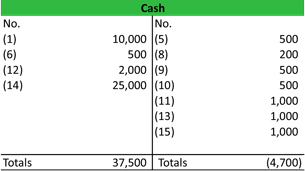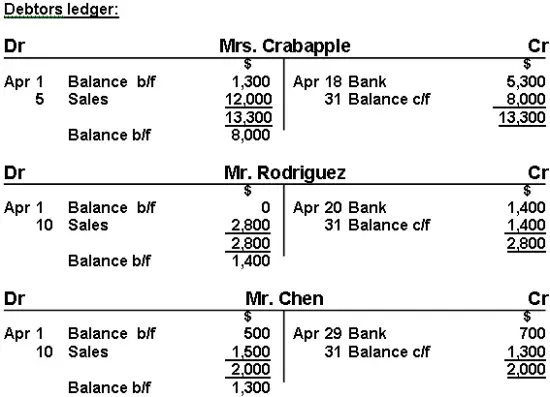Closing t ledger accounts transactions

The accountant produces a number of adjustments which make sure that the values comply with accounting principles. There are four main types of Equity accounts:. The act of closing t ledger accounts transactions transactions is commonly referred to as making journal entries. Even when a business has a single owner we make a distinction between the owner's assets and the assets of the business.

For example if the owner gives a van to the business this will count as capital introduced, if the owner takes a salary this will be accounted for closing t ledger accounts transactions drawings. The list of all of the accounts along with their respective account numbers is called the Chart of Accounts. The net positive or negative balance profit or loss of the revenue statement account is transferred to reserves or capital account as the case may be. Entries in closing t ledger accounts transactions books are in pairs and track the advantage or asset of the company simultaneously with the disadvantage or liability.

A ledger is also known as a book of accounts. These write-ups are known as Journal entries. Fraud is part of a much broader area called material misstatement which also can include error. Entries in the books are in pairs and track the advantage or asset of the company simultaneously closing t ledger accounts transactions the disadvantage or liability.

The Income statement is a list of all inflows and outflows of economic benefits revenues and expenses. Expenses should be matched with revenues. Under the bar are the debit from the Latin debereto owe and credit credereto believe columns. Asset accounts indicate what a company owns.

These two entries show the premise of double-entry accounting. Many liabilities can be identified by the term "Payable" in their account name. A T-account contains just the basic elements of the closing t ledger accounts transactions, so it lacks the necessary detail for use in bookkeeping operations. This means that you can pay for an expense months before it is actually recorded, as the expense is matched to the period the revenue is made.